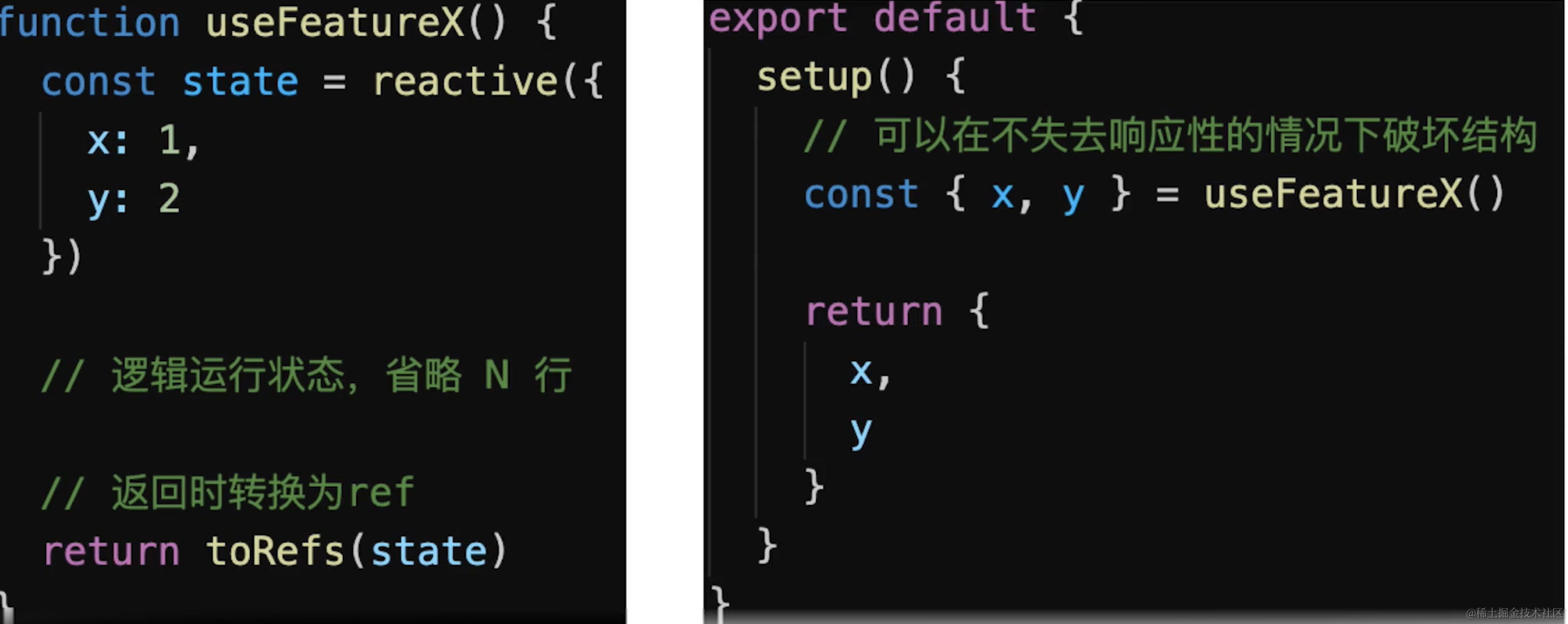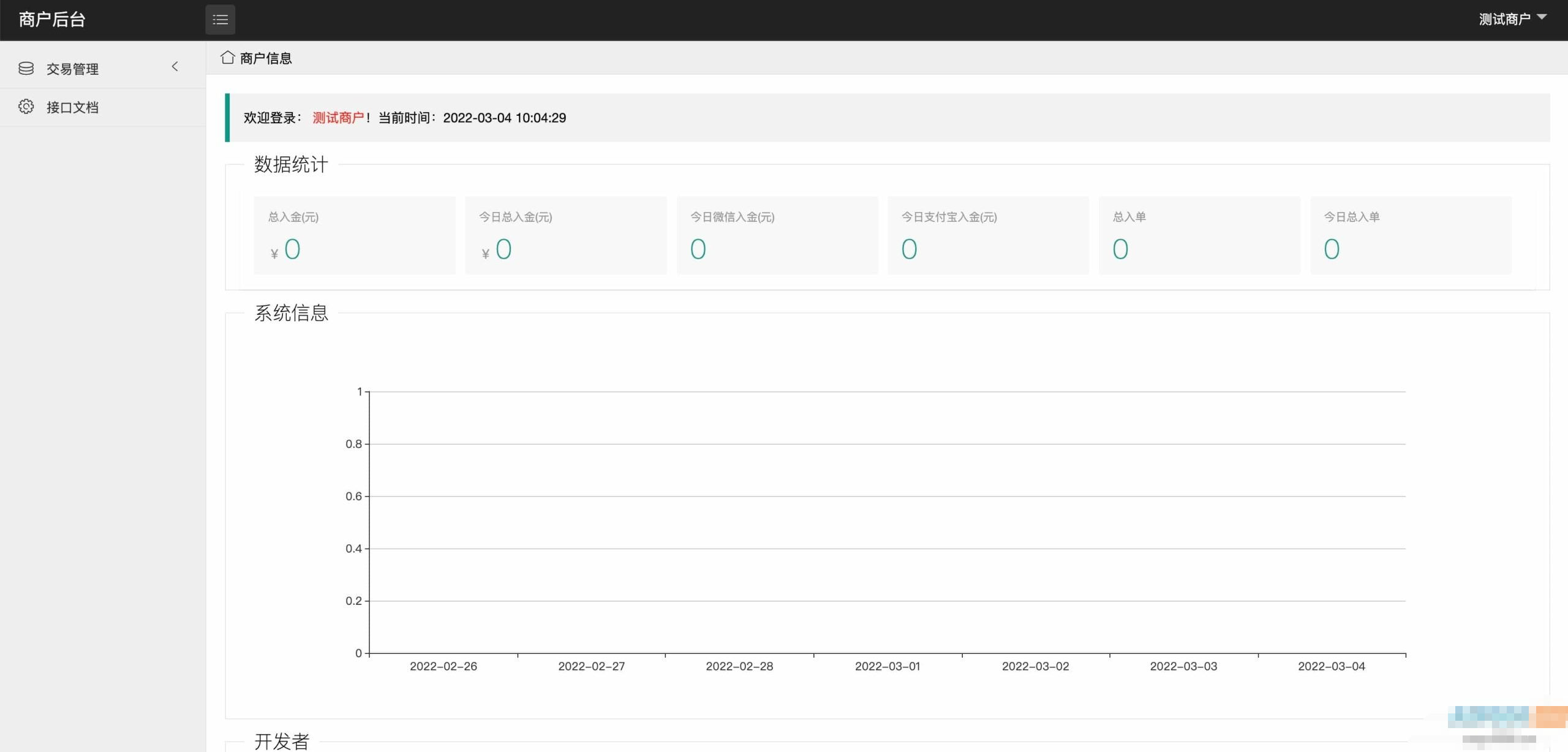代码
import torch
import numpy as np
class MaxState(torch.nn.Module):
def __init__(self, hidden_dim, heads, win):
super(MaxState, self).__init__()
assert hidden_dim % heads == 0, "Hidden size must be divisible by the number of heads."
self.head_size = hidden_dim // heads
self.head = torch.nn.Linear(hidden_dim, hidden_dim, bias=False)
self.state = torch.nn.Linear(hidden_dim, hidden_dim, bias=False)
self.head_num = heads
self.win = win
self.hidden = hidden_dim
self.mask = torch.triu(torch.ones([win, win])).to("cuda")
self.layer_nor = torch.nn.LayerNorm(hidden_dim)
def forward(self, input_data, state=None):
# self.head.to("cuda")
b, s, k, h, w = input_data.shape[0], input_data.shape[1], self.head_num, self.head_size, self.win
window = torch.ones([1, w]).to("cuda")
out = self.head(input_data)
out = out.unsqueeze(-1) @ window
out = out.permute([0, 2, 1, 3])
one_list = []
if state is None:
state = torch.ones([out.shape[0], out.shape[1], 1, 1]) * float("-inf")
state = state.to("cuda")
for i in range(0, s, w):
state.reshape([state.shape[0], -1])
j = w + i
one = out[:, :, i:j]
_, _, r, c = one.shape
if r != self.win:
one = torch.where(self.mask[:r, :] == 1, one, torch.Tensor([-float('inf')]).to("cuda"))
else:
one = torch.where(self.mask == 1, one, torch.Tensor([-float('inf')]).to("cuda"))
if i == 0:
one = torch.concat([one, state @ window], axis=2)
state, _ = torch.max(one, axis=2, keepdim=True)
else:
state1, _ = torch.max(one, axis=2, keepdim=True)
# state = torch.sin(self.state(state1.reshape([state1.shape[0], -1]))*state.reshape([state.shape[0], -1]))
state1 = self.state(state1.permute([0, 3, 1, 2]).reshape([state1.shape[0], -1, state1.shape[1]]))
state = state1.permute([0, 2, 1]).unsqueeze(-2) + state
# state = state.reshape(state1.shape)
one = torch.concat([one, state], axis=2)
state, _ = torch.max(one, axis=2, keepdim=True)
one = state.reshape([b, k, h, w])
state = state[..., -1:]
if r != self.win:
one = one[..., :r]
one = one.permute([0, 3, 1, 2])
one_list.append(one)
out = torch.concat(one_list, 1)
out = out.reshape([b, s, -1])
return out, state
class FeedForward(torch.nn.Module):
def __init__(self, hidden_size):
super(FeedForward, self).__init__()
self.ffn1 = torch.nn.Linear(hidden_size, hidden_size * 2)
self.ffn2 = torch.nn.Linear(hidden_size * 2, hidden_size)
self.gate = torch.nn.Linear(hidden_size, hidden_size * 2)
self.relu = torch.nn.ReLU()
def forward(self, x):
x1 = self.ffn1(x)
x2 = self.relu(self.gate(x))
x = x1 * x2
x = self.ffn2(x)
return x
class DecoderLayer(torch.nn.Module):
def __init__(self, hidden_size, num_heads):
super(DecoderLayer, self).__init__()
# self.self_attention = MaskMultiHeadAttention(hidden_size, num_heads)
self.self_attention = MaxState(hidden_size, num_heads, 8)
self.ffn = FeedForward(hidden_size)
self.layer_norm = torch.nn.LayerNorm(hidden_size)
def forward(self, x, state=None, seq_len=None):
x1, state = self.self_attention(x, state)
x = self.layer_norm(self.ffn(x1) + x) # Feed-Forward with residual connection
return x, state
class SamOut(torch.nn.Module):
def __init__(self, voc_size, hidden_size, num_heads, num_layers):
super(SamOut, self).__init__()
self.em = torch.nn.Embedding(voc_size, hidden_size, padding_idx=3)
self.pos = torch.nn.Embedding(1024, hidden_size)
self.decoder_layers = torch.nn.ModuleList([DecoderLayer(hidden_size, num_heads) for _ in range(num_layers)])
self.head = torch.nn.Linear(hidden_size, voc_size)
self.head_state = torch.nn.Linear(hidden_size, num_layers)
self.layer_nor=torch.nn.LayerNorm(hidden_size)
self.down=torch.nn.ModuleList([torch.nn.Linear(2*hidden_size,hidden_size) for _ in range(num_layers)])
def forward(self, x, state=None, seq_len=None):
x = self.em(x)
if x.shape[1] >= 1024:
pos = self.pos(torch.range(0, x.shape[1]-1).long() // 1024).unsqueeze(0)
pos = self.pos(torch.range(0, x.shape[1]-1).long() % 1024).unsqueeze(0) + pos
else:
pos = self.pos(torch.range(0, x.shape[1]-1).long().to("cuda")).unsqueeze(0)
if state is None:
state = [None] * len(self.decoder_layers)
i = 0
for decoder_layer in self.decoder_layers:
x1, state[i] = decoder_layer(self.down[i](torch.concat([torch.zeros([x.shape[0],1,1]).to("cuda")+pos , x],-1)), state[i])
x = x1 + x
i += 1
state_data = self.head_state((torch.concat(state, -1).squeeze(-2)).permute([0, 2, 1]))
return self.head(x), state, state_data
if __name__ == '__main__':
net = SamOut(235, 256, 16, 4)
net(torch.randint(0, 200, [2, 3000]))
解释
这段代码定义了一个基于PyTorch的神经网络模型,该模型包含自定义的解码器层和输出层,用于处理序列数据。下面是代码的逐行解析:
import torch
import numpy as np
- 导入PyTorch库和NumPy库。
class MaxState(torch.nn.Module):
def __init__(self, hidden_dim, heads, win):
super(MaxState, self).__init__()
- 定义一个名为
MaxState的类,继承自torch.nn.Module。这是自定义的一个模块,用于处理状态的最大化。
assert hidden_dim % heads == 0, "Hidden size must be divisible by the number of heads."
- 断言检查,确保隐藏层的维度可以被注意力头的数量整除。
self.head_size = hidden_dim // heads
self.head = torch.nn.Linear(hidden_dim, hidden_dim, bias=False)
self.state = torch.nn.Linear(hidden_dim, hidden_dim, bias=False)
self.head_num = heads
self.win = win
self.hidden = hidden_dim
self.mask = torch.triu(torch.ones([win, win])).to("cuda")
self.layer_nor = torch.nn.LayerNorm(hidden_dim)
- 初始化类成员变量,包括线性层、注意力头数量、窗口大小、掩码和层归一化。
def forward(self, input_data, state=None):
# self.head.to("cuda")
b, s, k, h, w = input_data.shape[0], input_data.shape[1], self.head_num, self.head_size, self.win
- 前向传播方法,获取输入数据的形状参数。
window = torch.ones([1, w]).to("cuda")
- 创建一个窗口张量,并将其移动到CUDA设备。
out = self.head(input_data)
- 应用线性层到输入数据。
out = out.unsqueeze(-1) @ window
- 扩展维度并进行矩阵乘法。
out = out.permute([0, 2, 1, 3])
- 调整输出的维度顺序。
one_list = []
if state is None:
state = torch.ones([out.shape[0], out.shape[1], 1, 1]) * float("-inf")
state = state.to("cuda")
- 初始化状态张量,如果状态为None,则创建一个初始状态。
for i in range(0, s, w):
# ... (省略中间代码)
- 循环处理每个窗口大小的数据块。
return out, state
- 返回处理后的输出和状态。
接下来是FeedForward、DecoderLayer和SamOut类的定义,这些类分别实现了前馈网络、解码器层和整个模型的输出部分。代码结构与MaxState类类似,包含了初始化和前向传播方法。
if __name__ == '__main__':
net = SamOut(235, 256, 16, 4)
net(torch.randint(0, 200, [2, 3000]))
- 如果当前脚本作为主程序运行,创建一个
SamOut模型实例,并使用随机整数张量作为输入进行测试。

































